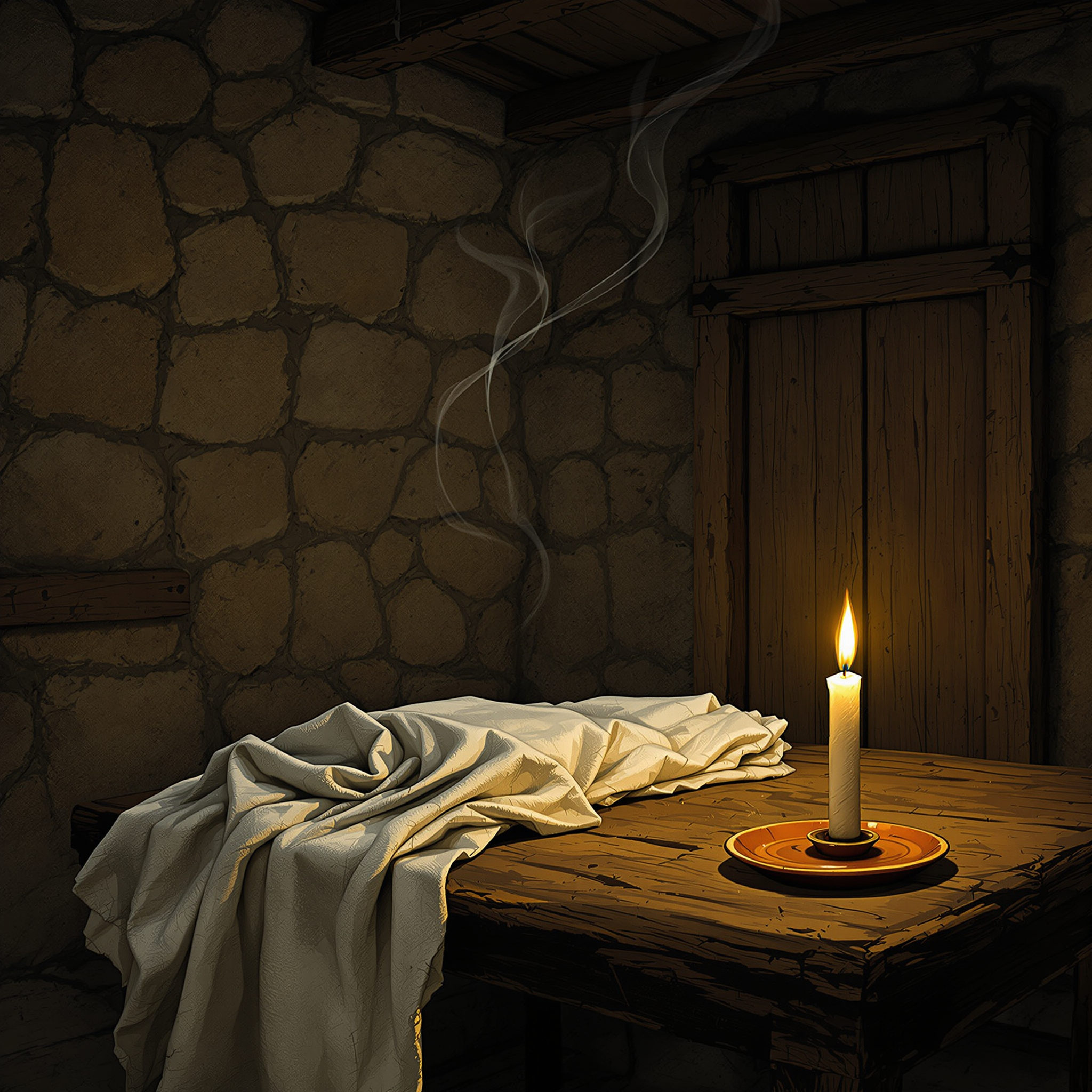According to this superstition, a candle is left burning for seven nights at the exact location where a deceased person’s body was washed in preparation for burial. This ritual is believed to ensure that the soul of the deceased does not become trapped or tormented, and that no malevolent spiritual forces can inhabit the space. The candle serves as a symbolic light to guide the spirit safely from the world of the living to the afterlife. In some belief systems, the number seven holds spiritual significance, associated with completeness or divine cycles. The light may also be seen as a form of spiritual purification, intended to cleanse the area where the death process has occurred. The practice is typically conducted by family members or caretakers of the deceased and may be accompanied by recitations or quiet prayer.

A baby’s future career or fate is predicted by the first object they select during a ceremonial setup.
In several Asian and Eastern European cultures, a traditional ceremony is held for babies usually around their first birthday. Known


